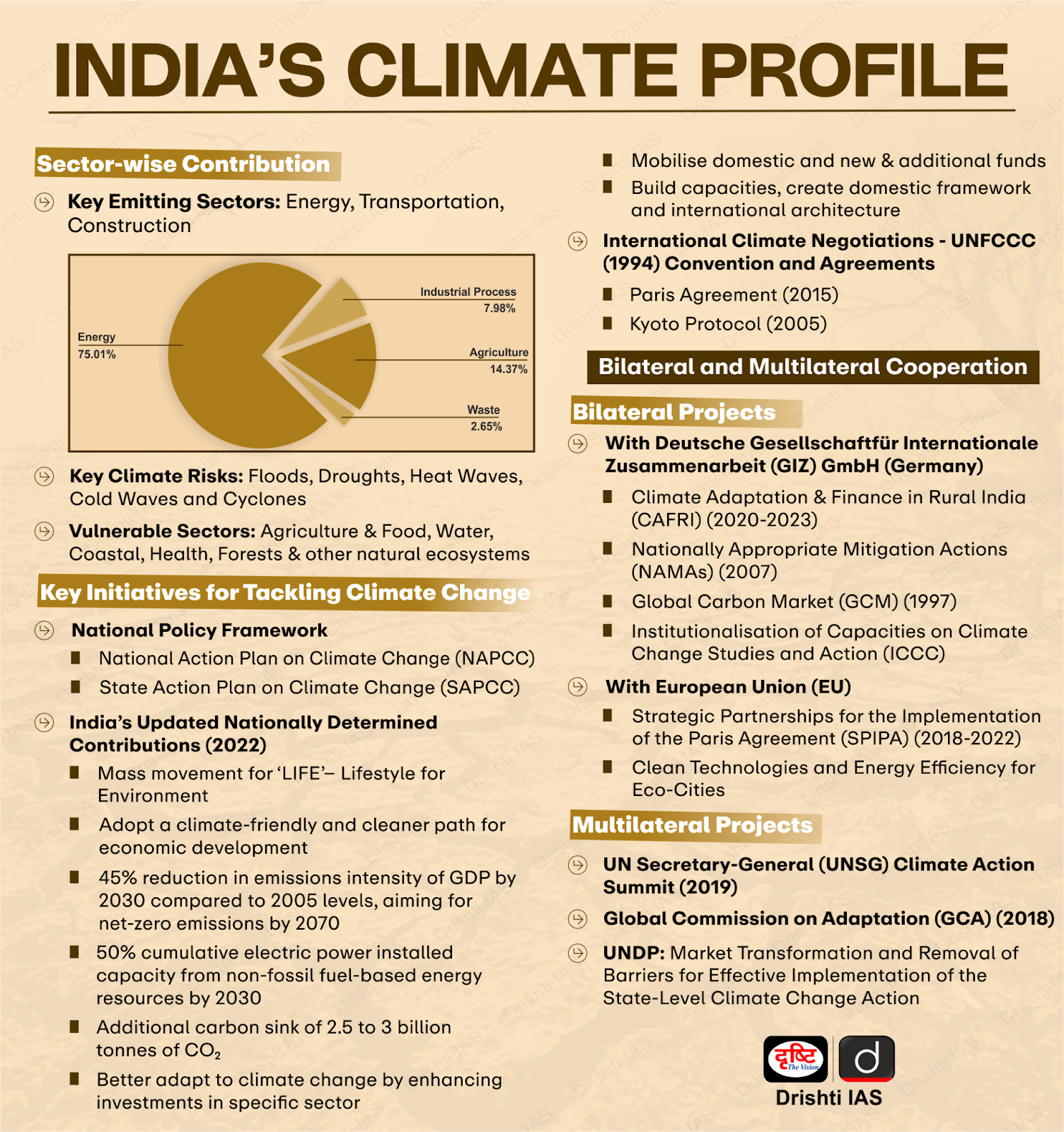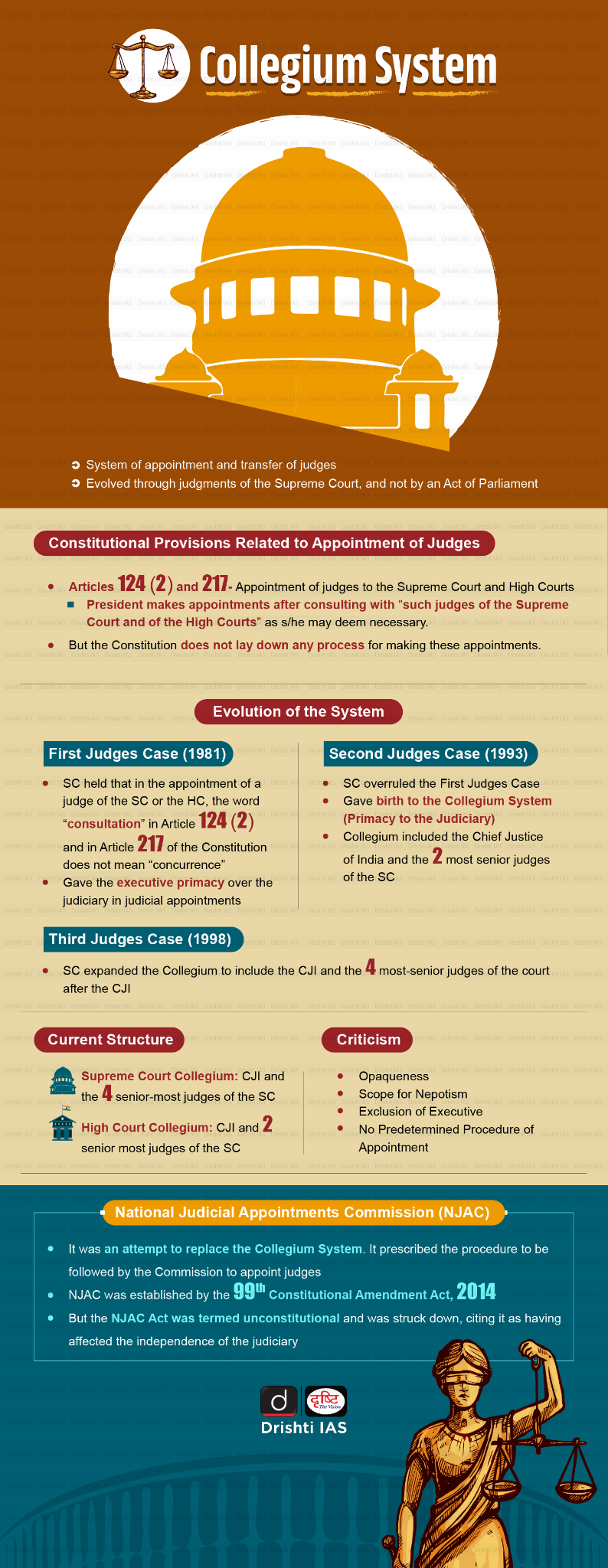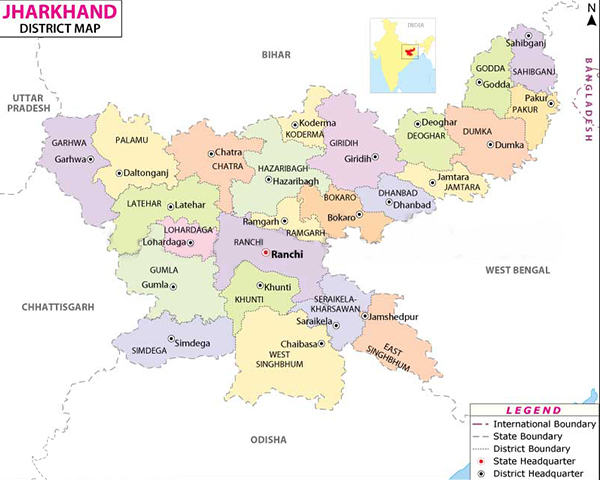Rajasthan Switch to Hindi
Rajasthan Inaugurates 435 MW Solar Power Plant
Why in News?
The Union Minister for New and Renewable Energy inaugurated the 435 MW Gorbea Solar Power Project in Rajasthan’s Bikaner district, marking a significant milestone in India’s renewable energy journey.
Key Points
- The project spans 1,250 acres and will produce 755 GWh of clean electricity annually (prevent 705,000 tonnes of CO2 emissions each year), meeting the needs of approximately 128,000 households.
- The project features over 1,300 robotic cleaning units to maintain module efficiency.
- Rajasthan’s renewable energy capacity now comprises 70% of its total power capacity, including 29.5 GW from solar power and 5.2 gigawatts from wind, positioning the state as a leader in India's green energy push.
- As per the Ministry of New & Renewable Energy (as of June 2025), Rajasthan (31,967 MW), Gujarat (21,451 MW), and Maharashtra (12,575 MW) are the leading states in terms of installed solar energy capacity.
- Gujarat (13,816 MW), Tamil Nadu (11,830 MW), Karnataka (7,714 MW), Maharashtra (5,307 MW), and Rajasthan (5,208 MW) are the leading states in wind power generation.
- Rajasthan’s Integrated Clean Energy Policy 2024, which aims to achieve 125 GW of renewable energy capacity by 2030.
- As per the Ministry of New & Renewable Energy (as of June 2025), Rajasthan (31,967 MW), Gujarat (21,451 MW), and Maharashtra (12,575 MW) are the leading states in terms of installed solar energy capacity.
- With India reaching 50% of its total installed power capacity from non-fossil sources, five years ahead of the 2030 deadline, the Gorbea project highlights the country’s commitment to environmental sustainability, climate goals, and economic growth through its transition to clean energy.
Note:
- New Waterless Solar Panel Cleaning Method: Massachusetts Institute of Technology (MIT) engineers developed a waterless, no-contact cleaning method using electrostatic repulsion to remove dust from solar panels.
- A simple electrode passes above the solar panel’s surface, imparting an electrical charge to dust particles, which are then repelled by a charge on the panel, causing them to detach and virtually leap off the surface.
India’s Energy Mix
India‘s Climate Goal
Uttarakhand Switch to Hindi
Schools in Uttarakhand to Recite Gita Shlokas
Why in News?
The Uttarakhand government has mandated that a Bhagavad Gita shloka be recited daily in all government schools during prayer meetings to integrate traditional Indian knowledge systems with modern education to foster character-building traits in students.
Key Points
- The directive, issued by the Director of Secondary Education, instructs teachers to select a "Shloka of the Week" for recitation.
- The teachings of the Bhagavad Gita, rooted in psychology, logic, behavioral science, and moral philosophy, will be explained to highlight their contribution to human values, leadership, emotional balance, and scientific thinking, all from a secular perspective.
- The initiative aligns with the National Education Policy 2020, which encourages the inclusion of India's traditional knowledge systems in the education curriculum.
Bhagavad Gita
- The Bhagavad Gita, a 700-verse philosophical dialogue attributed to sage Vyasa, is embedded in the Mahabharata's Bhishma Parva.
- It features a conversation between Prince Arjuna and Lord Krishna, offering teachings on dharma (duty), karma (action), bhakti (devotion), and jnana (knowledge).
- The Gita synthesizes various Indian philosophies, including Vedic, Buddhist, Jain, and Charvaka, and forms the foundation of Karma Yoga.
Jharkhand Switch to Hindi
Chief Justice Appointed for Jharkhand High Court
Why in News?
Justice Tarlok Singh Chauhan took the oath of office as Chief Justice of the Jharkhand High Court in a ceremony held at the Raj Bhavan in Ranchi, following the recommendation of the Supreme Court Collegium.
- Justice Chauhan was administered the oath by Governor Santosh Kumar Gangwar (as per Article 219).
High Courts in India
- Position: High Court operates below the Supreme Court and above subordinate courts in India's judicial system.
- The High Court is the highest judicial body in the state (total 25 High Courts in India).
- Establishment:
- 1862: High Courts were established in Calcutta, Bombay, and Madras.
- 1866: A fourth High Court was established at Allahabad.
- Over time, each province in British India had its own High Court.
- Post-Independence: After 1950, the existing High Court for a province became the High Court for the corresponding state.
- Constitutional Provisions:
- High Court for each State: The Constitution of India provides for a High Court for each state (Article 214).
- Article 231 provides that the Parliament may by law establish a common High Court for two or more States or for two or more States and a Union Territory.
- Jurisdiction: Territorial jurisdiction is co-terminus with the state’s territory (or a common High Court’s jurisdiction is co-terminus with the territories of the concerned states and Union Territories).
- Articles 214 to 231: These deal with the organization, independence, jurisdiction, powers, and procedures of High Courts.
- High Court for each State: The Constitution of India provides for a High Court for each state (Article 214).
Composition & Appointment of Judges
- Composition: Each High Court consists of a Chief Justice and other judges as determined by the President.
- The President decides the strength of a High Court based on its workload.
- Appointment of High Court Judges: A High Court (HC) judge is appointed by the President under Article 217 of the Constitution.
- The chief justice is appointed by the President after consultation with the Chief Justice of India and the Governor of the state concerned.
- For appointment of other judges, the chief justice of the concerned high court is also consulted.
- In case of a common high court for two or more states, the governors of all the states concerned are consulted by the President.
- Qualifications of Judges: A person to be appointed as a judge of a High Court should have the following qualifications:
- He should be a citizen of India.
- He should have held a judicial office in the territory of India for ten years, or
- He should have been an advocate of a High Court (or High Courts in succession) for ten years.
- Minimum Age: The Constitution does not prescribe a minimum age for appointment as a judge of a High Court.
- Tenure of Judges: A judge of a High Court can hold office until he attains the age of 62 years.
Information about Jharkhand
- Creation of the State: Jharkhand, which means "The Land of Forests," was carved out of the southern part of Bihar on 15th November 2000, by separating the Bihar divisions of Chota Nagpur and Santhal Parganas.
- Borders of the State: Jharkhand shares borders with the states of Bihar to the north, Uttar Pradesh and Chhattisgarh to the west, Odisha to the south, and West Bengal to the east.
- Capital: The industrial city of Ranchi is the capital of Jharkhand (Dumka its sub capital), while Jamshedpur is the largest city in the state.
- Other major cities and industrial centers include Dhanbad, Bokaro, and Hazaribagh.
- Minerals in the State: Jharkhand accounts nearly 40% of India's mineral resources. It ranks first in the production of coal, mica, Kyanite and copper in India.
- The State occupies 1st position in coal reserves, 2nd position in Iron, 3rd position in Copper ore reserve, 7th position in Baxuite reserve and is the sole producer of prime coking coal.
- Uniqueness of the State: The State is known for its waterfalls, hills and holy places. Baidyanath Dham, Parasnath and Rajrappa are major religious sites.
Jharkhand Switch to Hindi
Eklavya Model Residential Schools in Jharkhand
Why in News?
The Union Minister of State for Tribal Affairs highlighted the progress of Eklavya Model Residential Schools (EMRS) in Jharkhand during a written reply in Rajya Sabha.
Key Points
- As of June 2025, 51 EMRS are functional in Jharkhand with 7550 students enrolled for the 2024-25 academic year.
- The Department of Expenditure approved the creation of 38,480 teaching and non-teaching posts across the country in January 2023 for EMRSs.
- Jharkhand has been allocated a total of 91 EMRSs, 68 under the EMRS Scheme and 23 under Article 275(1) of the Constitution of India.
- Article 275(1) of the Constitution of India guarantees grants-in-aid from the Consolidated Fund of India each year for promoting the welfare of Scheduled Tribes.
Eklavya Model Residential Schools (EMRS)
- EMRS is a scheme for making model residential schools for Indian tribals (ST- Scheduled Tribes) across India. It started in the year 1997-98. Its nodal ministry is the Ministry of Tribal Affairs.
- These schools are being developed to provide free, quality residential education to Scheduled Tribe (ST) students from Class VI to XII in remote and tribal-dominated areas focusing on academic as well as overall development.
- The EMR Schools generally follow the CBSE curriculum.
- The scheme aims to build schools similar to Jawahar Navodaya Vidyalayas and Kendriya Vidyalayas, with a focus on state-of-the-art facilities for preserving local art and culture, as well as providing training in sports and skill development. The EMRS scheme was revamped in FY 2018-19.
- During the 2023 Budget session of Parliament, the Finance Minister announced that the responsibility for recruiting staff in EMRS would be transferred to the National Education Society for Tribal Students (NESTS).
- NESTS has now been tasked with staffing 38,000 positions in over 400 Eklavya schools nationwide.
- The centralization of recruitment aimed to address the severe teacher shortage in the EMRS system and to standardize recruitment rules across states.
Note:
- National Education Society for Tribal Students (NESTS) is an autonomous organization established under the Ministry of Tribal Affairs (MoTA).
- Its objective is to conduct training and capacity-building programs for teachers and students of Eklavya Model Residential Schools (EMRSs).
Other Initiatives for Tribal Education:
- Vocational Training Center in Tribal Areas
- Pre Matric scholarship to eligible ST students
- Post Matric scholarship to eligible ST students
- National Overseas Scholarship Scheme for Scheduled Tribe Students
- National Scholarship Scheme (Top Class) For Higher Education of ST Students: For pursuing studies at Degree and Post Graduate level in any of the Institutes identified by the Ministry of Tribal Affairs
Maharashtra Switch to Hindi
Mumbai Celebrates 166th Income Tax Day
Why in News?
The Income Tax Department, Mumbai, celebrated the 166th Income Tax Day on 24th July 2025, marking the enactment of India’s first income tax law in 1860.
- The event, attended by Maharashtra Governor Shri C.P. Radhakrishnan and key dignitaries from the Income Tax Department and the Income Tax Appellate Tribunal (ITAT), emphasized the department's crucial role in revenue mobilization, voluntary compliance, and combating economic malfeasance.
Key Points
- The Principal Chief Commissioner of Income Tax, Mumbai, reflected on the evolution of income tax laws in India since 1860.
- She emphasized the importance of adapting tax frameworks to align with India’s growing economy as it aims to become the third-largest global economy by 2028.
- The Governor unveiled a statue of Chanakya (Kautilya), whose famous verse 'kosha moolo danda' (treasury is the root of administration) is the motto of the Income Tax Department, symbolizing the foundation of the taxation system.
Use of AI by the Income Tax Department: The Income Tax Department, through the use of advanced artificial intelligence (AI) tools, has generated an additional Rs 11,000 crore in tax revenue over the past four years (since 2021-22).
- In addition to the Rs 11,000 crore generated from updated returns, the AI tools also revealed Rs 29,000 crore worth of previously undisclosed foreign assets and Rs 1,000 crore in foreign income related to cryptocurrencies or virtual digital assets (VDAs) in the 2024-25 financial year.
Note:
- Maharashtra has a diverse economy with a mix of agriculture, industry, and services sectors. Maharashtra has a nominal Gross State Domestic Product (GSDP) of approximately USD 435 billion (2022-23), which makes it the largest economy in India.
Trends in Tax Revenue Collection
- A data released by the Central Board of Direct Taxes (CBDT) under the Ministry of Finance revealed the trends in tax revenue collection for the FY 2023-24.
- Direct taxes surged to 56.72% of total revenue in FY24, the highest in 14 years while indirect taxes dropped to 43.28%.
- A Direct tax is imposed directly on the taxpayer and paid directly to the government by the persons (juristic or natural) on whom it is imposed.
- An indirect tax is one collected by an intermediary (like a store) from the person who ultimately pays it (the customer). The taxpayer can pass this tax on to others.
- Personal income tax (PIT) (Rs 10.45 lakh crore) was higher than corporate tax (Rs 9.11 lakh crore) collections.
- The direct tax-to-GDP ratio climbed to a 20-year high of 6.64%.
- Tax buoyancy grew to 2.12 in 2023-24.
- A tax buoyancy above 2 means tax revenues grew more than twice as fast as nominal GDP, reflecting strong tax collection growth.

.gif)

.png)
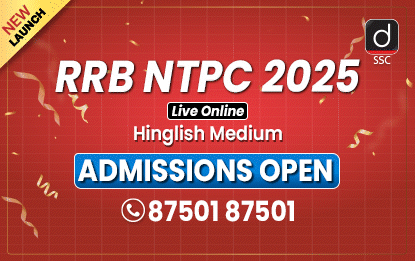




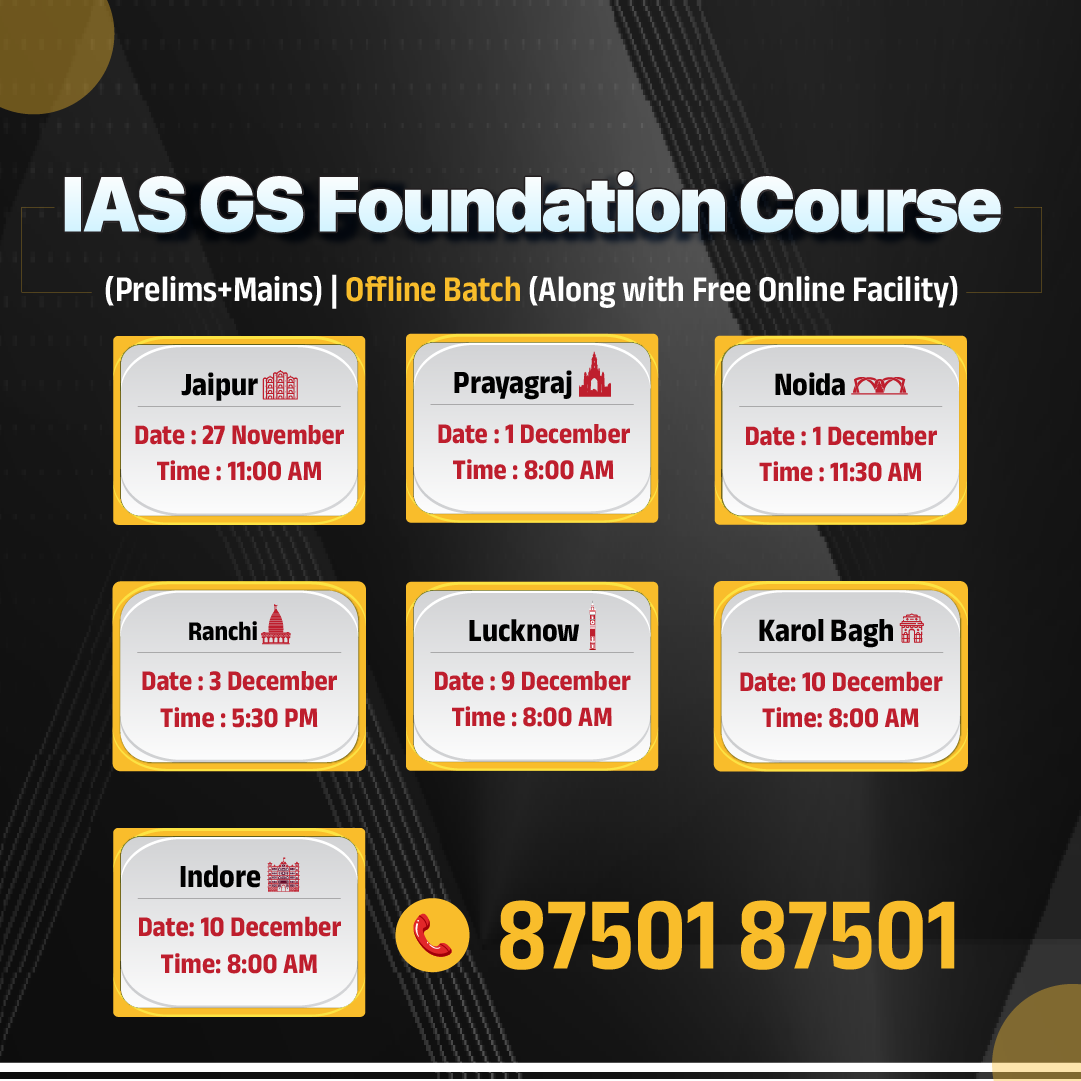





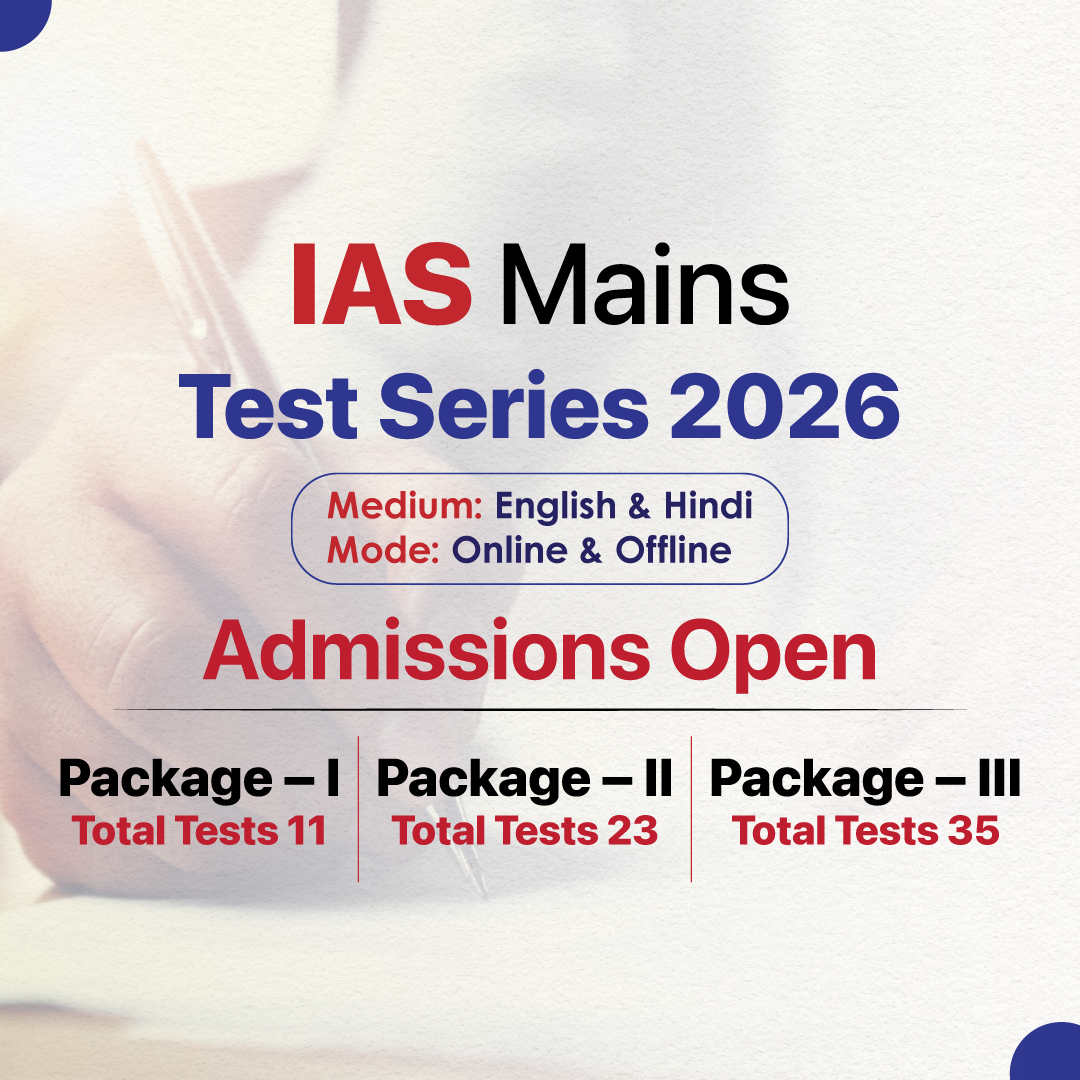

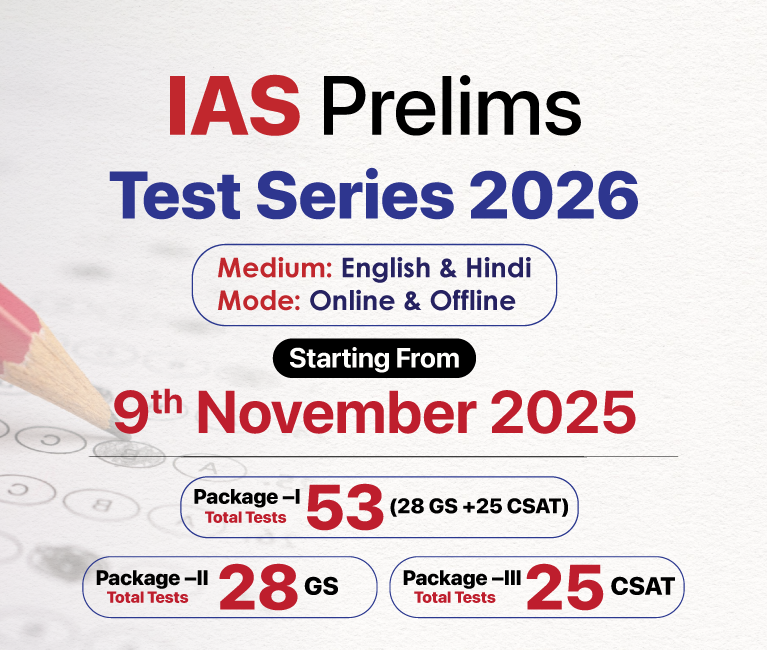


.png)


.jpg)

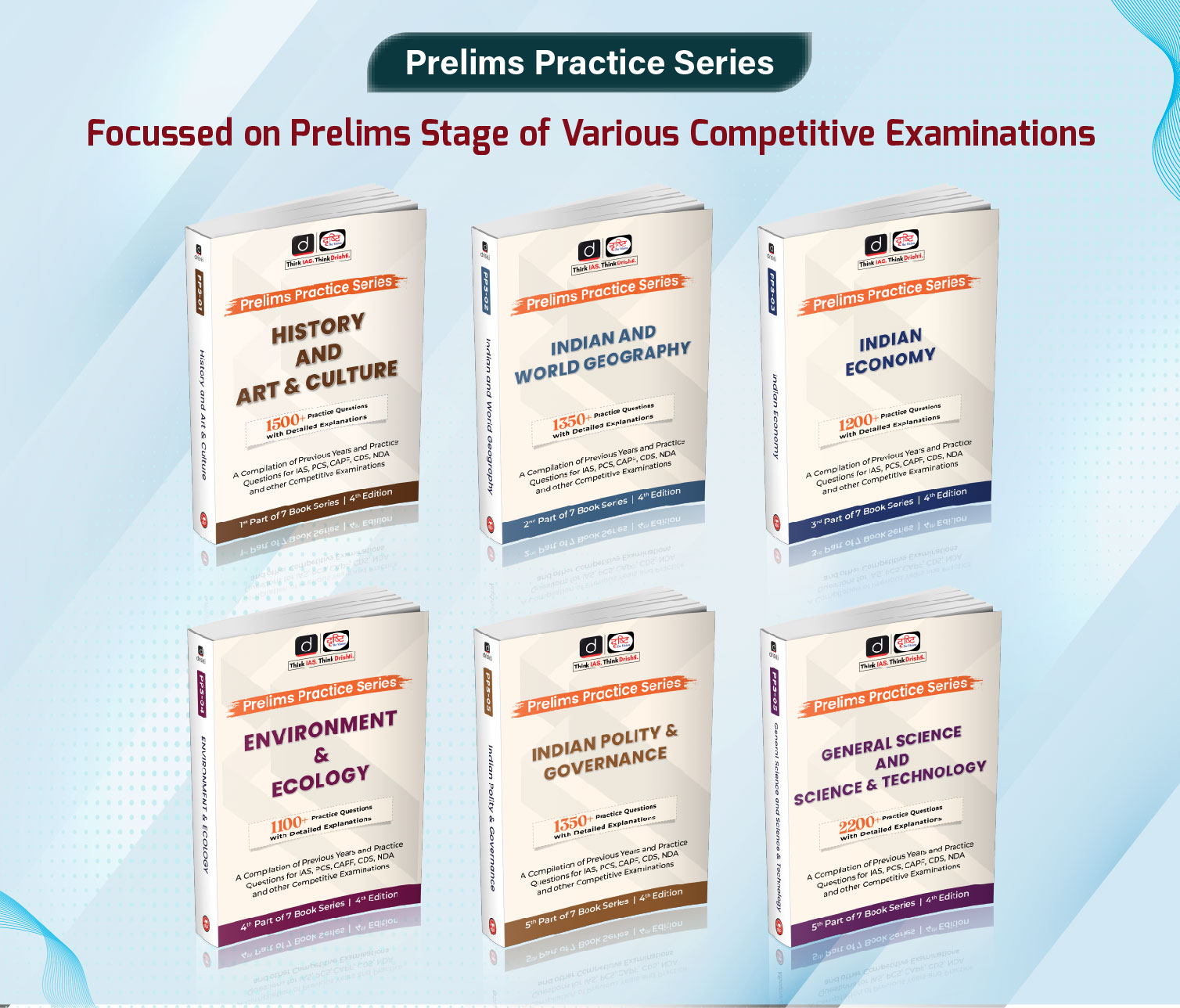

 PCS Parikshan
PCS Parikshan
